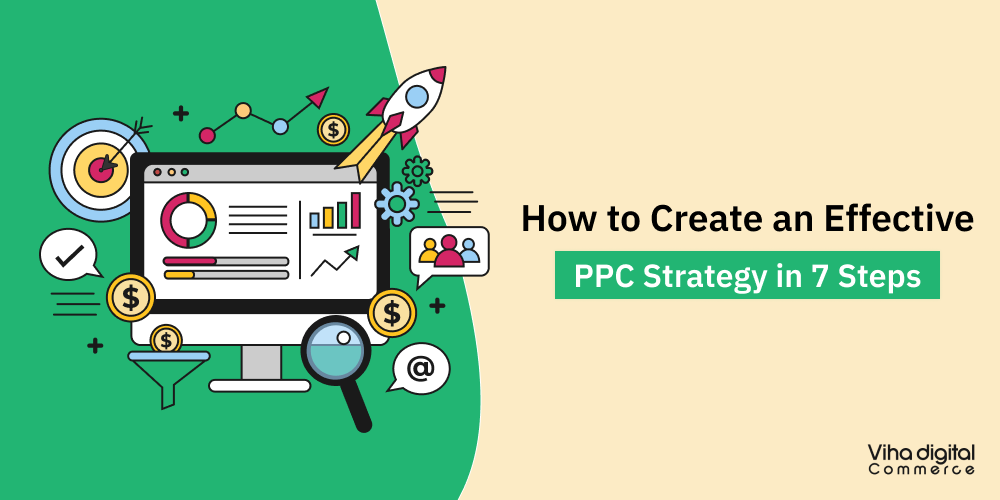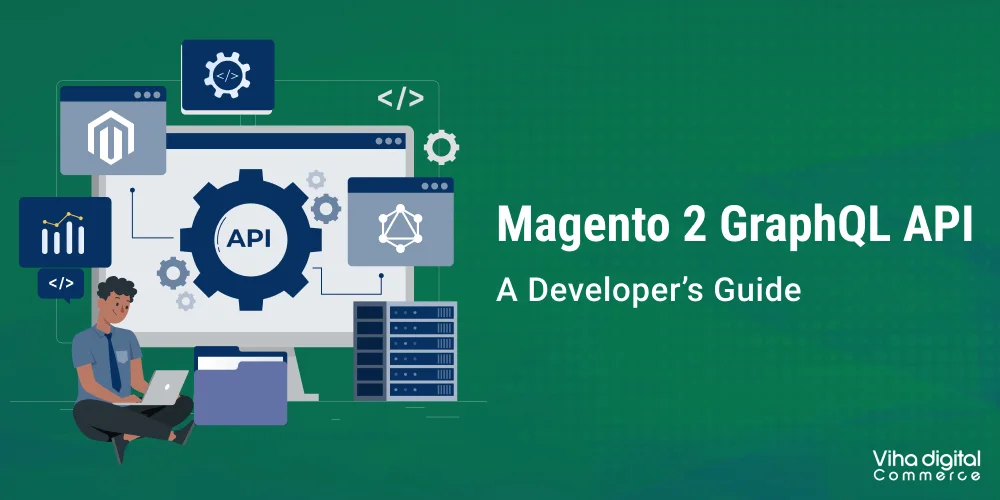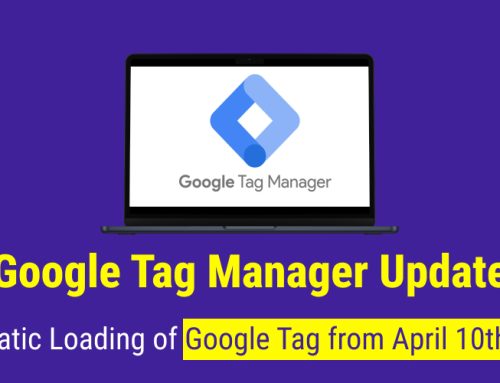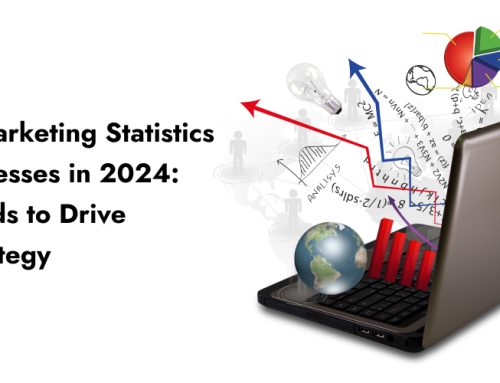
How to Create an Effective PPC Strategy in 7 Steps
Pay per click (PPC) advertising is one of the fastest growing techniques that is used in the digital marketing realm in order to get instant traffic to your website. However, to get the most out of pay per click campaigns, you require a coherent, strategic pay per click plan. This article will give you a step by step guide on how to create a perfect PPC strategy for businesses. Whether you are starting with PPC or trying to fine tune your current efforts, these steps to build a PPC strategy will guide you through the process of developing a PPC strategy that meets your needs.
Define Your Goals
The first step in developing a PPC strategy for businesses is therefore to determine what you want to accomplish. S.M.A.R.T goals will dictate your PPC strategy and allow you to track your performance from start to finish. Consider these questions:
– Do you want to increase brand recognition?
– Are you interested in getting leads?
– What do you want – more sales or downloads?
When you have clear objectives, you are able to choose the right PPC services and tools to use to accomplish your goals. For instance, a campaign to be specific, for the purpose of sales will have a different appearance from a campaign whose purpose is to get leads or to create awareness. In every PPC campaign, it is always important to have the goals of the campaign in line with the overall business goals.
Research and Select Keywords
Keywords are the primary components of any PPC strategy guide. Selecting the right keywords means that your ads will be noticed by the audience that is looking for products or services similar to yours. When doing keyword research, think about:
– Relevance: Select keywords unique to your products or services.
– Intent: Concentrate on those keywords that indicate that the user is a buyer and is ready to buy, such words as ‘buy,” ‘get” or ‘near me.”
– Competition and Cost: High competition keywords tend to have a high cost per click (CPC). There are always high competition and low competition keywords and it is possible to strike a balance in order to manage your budget.
From the key phrase you get details on search volume, competitiveness and CPC using Google Keyword Planner, SEMrush or Ahrefs. Choosing the right keywords right from the beginning can help in increasing the relevance of the ads and in the process help in developing a sound PPC strategy.
Create Targeted Ad Campaigns
It’s time to make advertisements that are specific to your target market now that you have your objectives and keywords. To make sure your advertising is seen by the proper people, divide up your campaigns according to various buyer profiles, regions, and interests. Important factors to think about are:
Ad content: Write enticing content that addresses the problems of your target audience and emphasizes the advantages of your products.
Make sure every advertisement points to a pertinent landing page that facilitates a smooth user experience and promotes conversion.
A call-to-action (CTA), such as “Shop Now,” “Sign Up,” or “Get a Quote,” should be included in every advertisement. To maximize the return on your paid marketing services, you must design campaigns with audience targeting in mind.
Set a Budget and Bidding Strategy
Effective PPC plan management is essential to a business’s PPC strategy. You want to spend just enough to get results without going over budget. Create a daily or monthly budget that supports your company’s objectives and is reasonable given your target market and keyword research.
Cost-Per-Click (CPC), Cost-Per-Mille (CPM), and Cost-Per-Acquisition (CPA) are some of the bidding strategies available. Each has advantages and disadvantages. For instance, CPA concentrates on conversions, but CPC is appropriate for increasing traffic.
Ad Scheduling: Select the time you would like your advertisements to appear. To optimize reach within your budget, plan your advertising around times when you know your audience is most engaged.
You may conduct ads that are sustainable and still achieve your intended results by optimizing your budget and bids.
Track and Measure Performance
Performance monitoring is a crucial component of creating a successful PPC strategy. You can determine what is and is not functioning and make necessary adjustments by keeping an eye on important indicators.
Click-Through Rate (CTR), Conversion Rate, Cost-Per-Click (CPC), and Return on Ad Spend (ROAS) are important metrics to monitor.
To find out whether ads and keywords result in sales, sign-ups, or other important activities, set up conversion monitoring.
You may make data-driven decisions by using tools like Google Ads and Analytics, which offer comprehensive insights into the performance of your campaigns.
Optimize and Adjust Campaigns
You’ll discover areas that could have optimization as you track the effectiveness of your campaign. Maintaining growth and optimizing returns require an understanding of PPC campaign optimization.
Keyword Refinement: Concentrate on high-converting keywords and eliminate underperforming ones.
Ad Testing: To find out which ad variations work best, run A/B tests. To increase the efficacy of ads, test components such as headlines, descriptions, and calls to action.
Bid Adjustments: Raise bids for high-converting keywords and lower bids for low-converting ones.
For organizations to continue seeing benefits from their PPC campaign, regular tuning is essential.
Use Retargeting to Capture Missed Opportunities
Reaching potential clients who engaged with your advertisements or website but did not convert is made easier by retargeting, sometimes referred to as remarketing. If you want to get the most out of your PPC spend, this step is quite beneficial. Retargeting efforts encourage customers to return and finish their purchase by reminding them of your brand.
Segment your remarketing audience according to their past interactions by using audience segmentation. For example, you may like to target those who put things in their cart but did not finish the transaction.
Utilize dynamic retargeting to display tailored advertisements according to the particular goods or services a user has browsed. Your advertisements may become a more effective and relevant PPC plan.
A crucial component of PPC services, retargeting enables you to optimize conversions.
Final Thoughts
The process of developing a PPC strategy guide entails a number of well thought-out procedures that complement your budget, audience requirements, and business objectives. By establishing your goals, choosing the appropriate keywords, allocating a fair budget, and consistently refining your campaigns, you can create a PPC strategy that produces quantifiable outcomes. Remember that consistent monitoring, analysis, and adaptation are essential to a business’s PPC strategy’s success.
You may increase the effectiveness of your paid marketing efforts by following these seven steps to build PPC strategy, regardless of whether you’re handling your campaigns or collaborating with a supplier who provides PPC services. In this guide you will also see how to optimize PPC campaigns can become a major source of growth and brand awareness with careful planning and ongoing enhancements.
editor's pick
Harnessing the Power of Magento 2 GraphQL API: A Developer’s Guide
In the dynamic world of e-commerce, efficient and flexible [...]
Unlocking the Potential of Magento 2 B2B: A Comprehensive Guide
In the world of B2B e-commerce, having a robust, [...]
Viha Digital Commerce Gets Recognized as Clutch Global Leader for Spring 2024!
It is a privilege for Viha Digital Commerce to be named [...]






